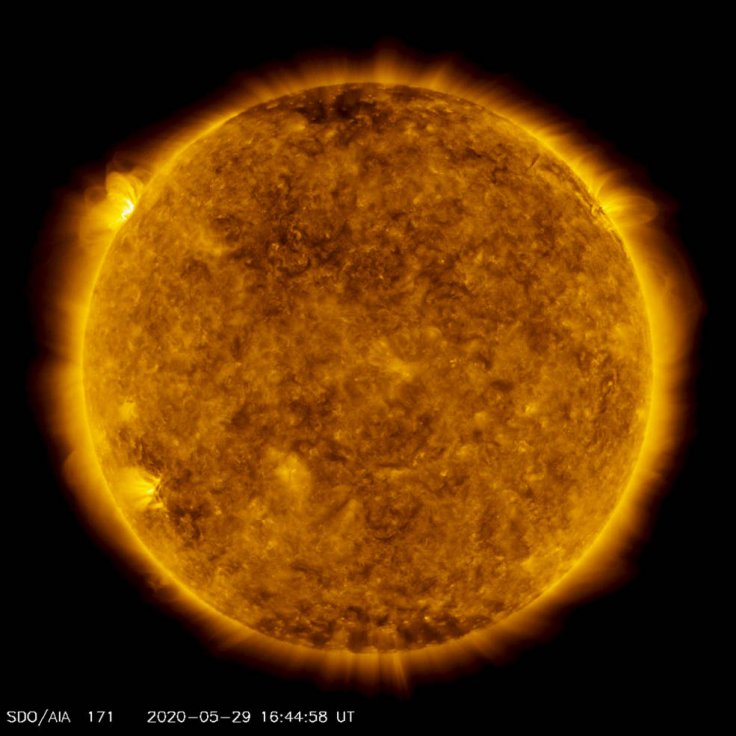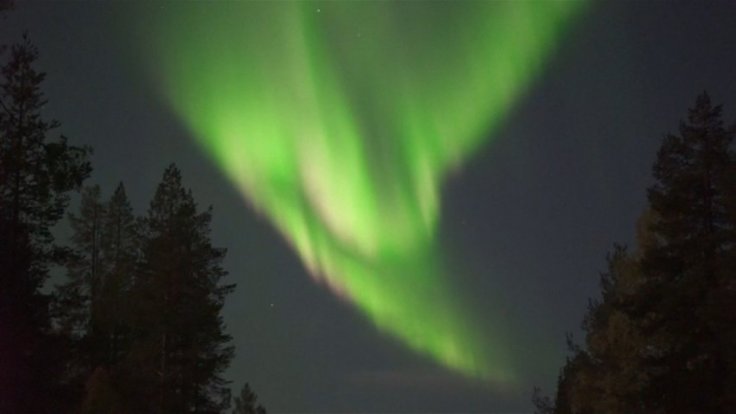A stream of solar winds that came from a hole on the Sun's atmosphere is currently hitting Earth's magnetic field. In addition to the stream of solar winds, a solar flare was also spotted erupting from the Sun.
The latest solar forecast was confirmed by SpaceWeather.com. The site noted that the solar event could trigger auroras or polar lights over affected regions.

Solar Winds On Earth's Magnetic Field
A solar wind is a stream of highly-charged particles spewed out from the Sun's atmosphere, which is known as the corona. It comes in plasma form and mainly consists of electrons and protons. SpaceWeather.com recently confirmed that solar winds from the Sun are currently hitting Earth and interacting with its magnetic field. Since the solar winds are only minor, they are not expected to cause disruptive effects on Earth.
Instead, the interaction between the solar winds and Earth's magnetic field could trigger a beautiful display of auroras in the southern hemisphere.
Sun's Coronal Hole
The latest stream of solar winds came from a hole located on the northern portion of the Sun's corona. As explained by the National Oceanic and Atmospheric Administration's (NOAA) Space Weather Prediction Center, appear as dark patches on the Sun's surface.
"Coronal holes appear as dark areas in the solar corona in extreme ultraviolet (EUV) and soft x-ray solar images," the agency stated. "They appear dark because they are cooler, less dense regions than the surrounding plasma and are regions of open, unipolar magnetic fields."

Detecting A Solar Flare
Aside from the solar winds, a solar flare eruption was also spotted on the Sun's surface. According to SpaceWeather.com, NASA's Solar Dynamics Observatory (SDO) spotted a plasma-based structure that resembled the tail of a scorpion form on the Sun's corona before snapping off. The SDO did not detect traces of the solar flare heading towards, which means that it won't hit the planet.
The material that was ejected from the Sun has been rated as B6.4, which is a relatively minor type of solar flare. "Solar flares are large eruptions of electromagnetic radiation from the Sun lasting from minutes to hours. The sudden outburst of electromagnetic energy travels at the speed of light, therefore any effect upon the sunlit side of Earth's exposed outer atmosphere occurs at the same time the event is observed," NOAA explained.









